Tracking animals by what they leave behind
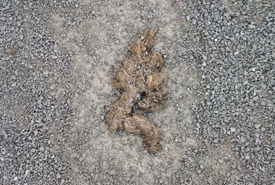
Fresh coyote scat chock full of deer hair (Photo by Mark Stabb/NCC staff)
Wildlife tracking is one of the many fun nature activities you can take part in. One of my favourite pastimes is pointing out something to a friend or family member that they may have never noticed before, especially something left behind by...
So many species, so many ways to study them
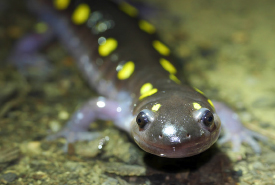
Spotted salamander (Photo by Rosemary Mosco)
I have the best job in the world. I encourage people to get excited about nature. I’m a science communicator — someone who bridges the gap between scientists, the media and the public, helping us understand each other better. One way...
Manitoba's mystery stonefly
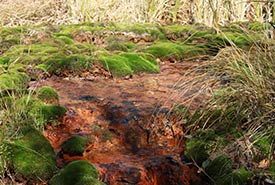
An example of a classic spring. Tufa spring, Fort Ellice, MB (Photo by NCC)
Everyone enjoys a good mystery, even entomologists. During my early years of teaching a course in aquatic entomology at the University of Manitoba, the name Capnia manitoba kept appearing in the list of stoneflies in the province. It was a...
Cruising for birds

Our 14-deck mammoth cruise ship ― Costa Pacifica (Photo by Rob Alvo)
If you want to see many species of birds, you will undoubtedly be faced with a choice: visit only one or two sites to maximize the chances of seeing what is present, or visiting many sites to maximize the number of species that don’t require...
Something's Fishy: Hook, line and thinker
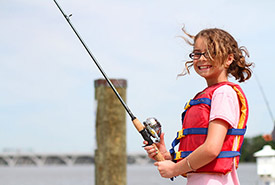
Child enjoying the weather and fishing (Photo by U.S. Fish and Wildlife Services Headquarters, CC BY 2.0)
One of my favourite things about fish is how deeply rooted they are in Canadian culture. From traditional depictions in Indigenous artwork to the crispy, flaky haddock served with a side of PEI potatoes at fish and chips joints across the country,...
Connecting protected spaces in Alberta's newest biosphere
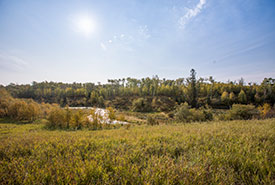
NCC conservation property in Beaver Hills (Photo by Brent Calver)
When you live in a major urban centre, it’s easy to feel isolated from nature. But we are fortunate in Edmonton; we have an incredible wealth of natural areas just outside our door. Just east of the city lies Beaver Hills, a natural...
Getting your hands dirty: How to build a contemporary chickadee nest box
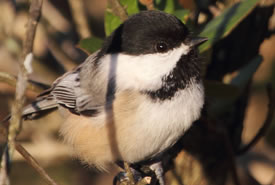
Black-capped chickadee (Photo by Bill Hubick)
Ever since I started working for the Nature Conservancy of Canada (NCC), where I was exposed to the world of conservation science and communications, I grew fond of birds and wanted to share this newfound interest with my family. My dad was an...
How protecting water and land on Covey Hill helps Quebec’s salamanders
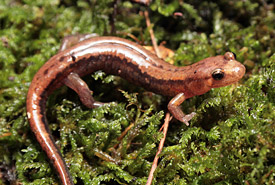
Allegheny mountain dusky salamander (Photo by Frédérick Lelièvre, Quebec Government)
Deep in the rolling knolls of the Nature Conservancy of Canada’s (NCC’s) Covey Hill in Quebec are underground water sources, bursting through the land’s surface. These streams and rivers provide habitat for many animals,...
Wildlife are found where they eat
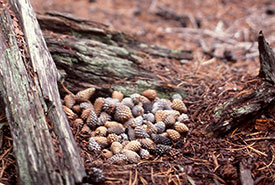
Red squirrel cache (Photo by J. Schmidt/U.S. National Parks Service)
Middens are one of my favourite things to point out during a nature hike. Although more noticeable in the winter, they are a great way to see evidence of the presence of wildlife in an area, in every season. You might be thinking, “What the...
Buzzing down the house: Determining the habitat for declining bumble bees
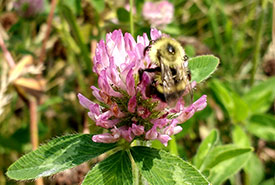
Bumble bee foraging on red clover (Photo by Amanda Liczner)
Bumble bees are important pollinators of crop plants and wild plants. Unfortunately, bumble bee species are declining globally. These declines are likely due to several factors, including climate change, a pathogen spread from imported bees,...

